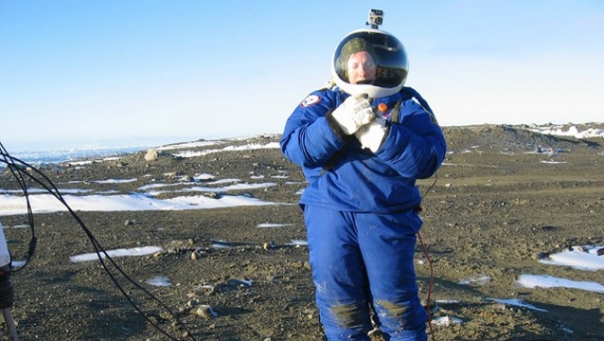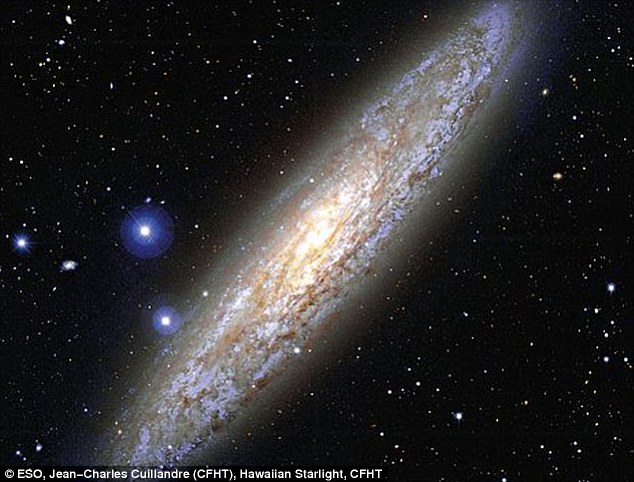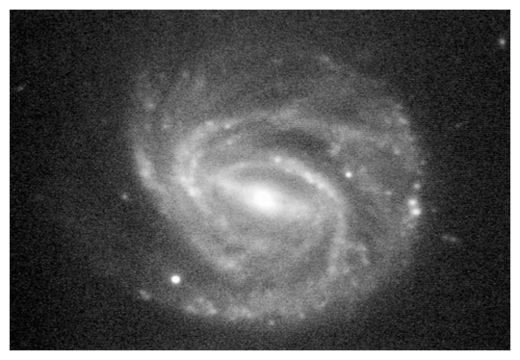
© Reuters/NASAArgentine aerospace engineer Pablo de Leon, a NASA team member, tests a space suit designed for possible use in Mars at Argentina's Marambio base in Antarctica. The NDX-1 space suit, designed by De Leon, endured frigid temperatures and winds of more than 47 mph (75 kph) as researchers tried out techniques for collecting soil samples on Mars.The $100,000 prototype suit, created with NASA funds, is made out of more than 350 materials, including tough honeycomb Kevlar and carbon fibers to reduce its weight without losing resistance.
A NASA team has tested a space suit in a setting with extreme conditions akin to some of those found on Mars -- an Argentine base in Antarctica -- for possible use on a visit to the Red Planet.
The NDX-1 space suit, designed by Argentine aerospace engineer Pablo de Leon, endured frigid temperatures and winds of more than 47 mph (75 kph) as researchers tried out techniques for collecting soil samples on Mars.
"This was the first time we took the suit to such an extreme, isolated environment so that if something went wrong we couldn't just go to the store" and buy a repair kit, De Leon told Reuters recently after returning from the one week expedition.
The $100,000 (61,331 pound) prototype suit, created with NASA funds, is made out of more than 350 materials, including tough honeycomb Kevlar and carbon fibres to reduce its weight without losing resistance.
During the "Mars in Marambio" mission, named after the Argentine air force base, a team of NASA scientists went on simulated spacewalks, operated drills and collected samples while wearing the gear.
De Leon himself wore the pressurized suit, which he said was bound to make anyone feel claustrophobic with its helmet and built-in headset for communicating with the outside world.




